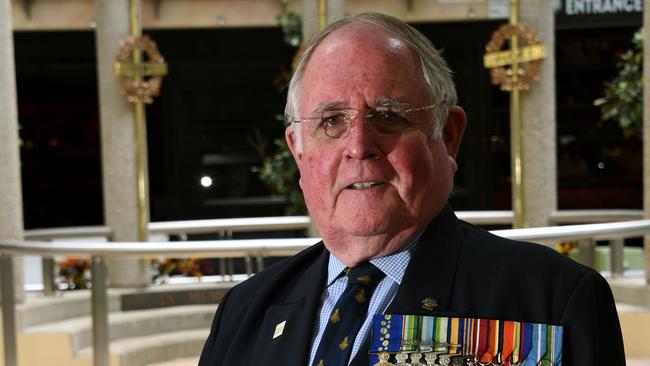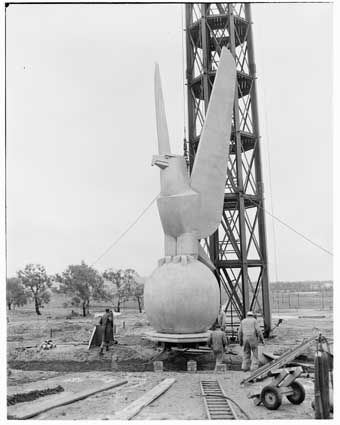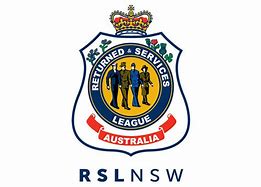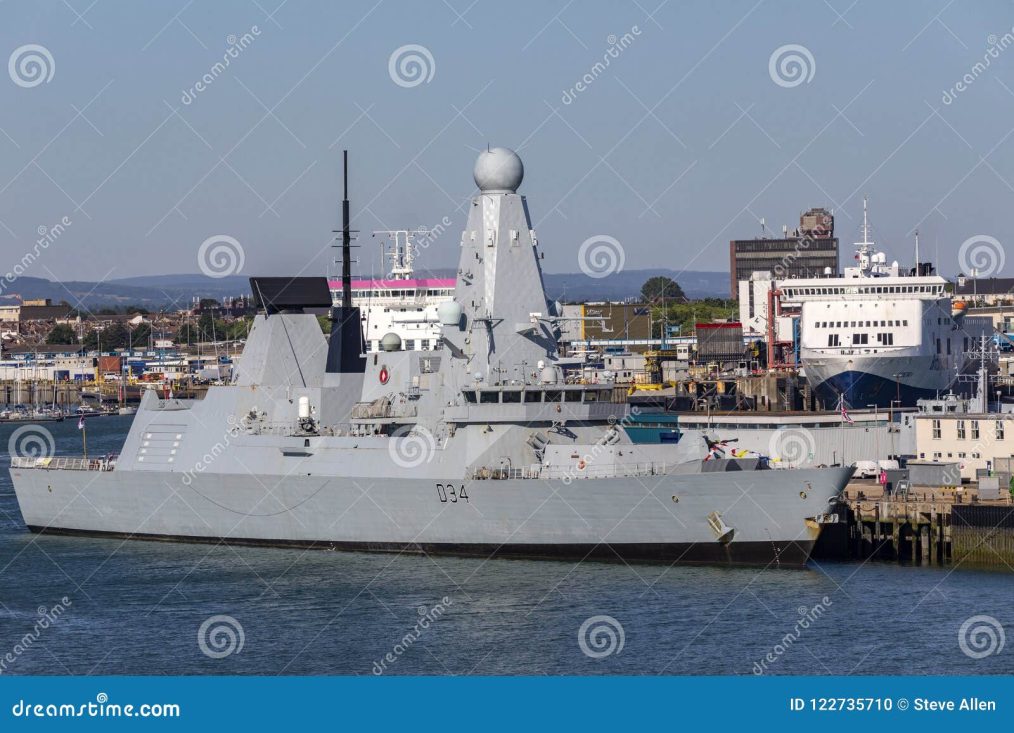When we think of Christmas, we often envision presents, decorations, and, most importantly, the festive Christmas dinner. However, the experience of Christmas dinner varied greatly for those enduring the hardships of war. Private Charles Bennett provides insight into the contrasting Christmas dinners in a 1916 English camp through his heartfelt letters home.
In Bennett’s recollection, his Christmas dinner comprised a sumptuous feast including turkey, ham, roast potatoes, peas, parsnips, Christmas pudding, café au lait, apples, oranges, bananas, saffron cakes, and mince pies. It was a celebration marked by abundance and shared joy.
Yet, not all soldiers shared such a fortunate experience. Captain Charles Gatliff, writing to his parents from somewhere in France in 1916, revealed a stark contrast. He lamented the absence of a real Christmas dinner, as parcels from home failed to arrive until the afternoon, leaving only the standard rations. However, the arrival of Christmas puddings brought by fellow officers returning from leave provided a touch of holiday cheer.
Gatliff compared this to a Christmas he spent in South Africa on the back of an open truck, where the meagre fare consisted of only bully beef and biscuits. Lieutenant Lancelot Horniman in 1915 similarly recorded his disdain for the sparse menu, deeming it “awful treatment for Christmas time” despite the relief of being free from Gallipoli.
 The Second World War introduced Corporal Joseph Roxburgh’s contrasting experience during Christmas 1941 in Skudai camp, Malaya. His dinner included ham, turkey, baked potatoes, plum pudding, and even a bottle of Tiger beer. However, his fate took a turn as a prisoner of war by February 1942, leading to a stark Christmas dinner in 1944—1 ½ dessert spoons of fried whitebait, 1 dessert spoon of fried towgay, 2 pieces of fried tapioca, ½ baked bringle, 2 dessert spoons of Chinese cabbage, 1 vegetable pasty, 1 tempi cup, ½ pint of browned rice gravy, and one small Chester cake. This meagre meal left many prisoners feeling sick into Boxing Day, and the scarcity of toilet paper resulted in stripped leaves from trees around the camp.
The Second World War introduced Corporal Joseph Roxburgh’s contrasting experience during Christmas 1941 in Skudai camp, Malaya. His dinner included ham, turkey, baked potatoes, plum pudding, and even a bottle of Tiger beer. However, his fate took a turn as a prisoner of war by February 1942, leading to a stark Christmas dinner in 1944—1 ½ dessert spoons of fried whitebait, 1 dessert spoon of fried towgay, 2 pieces of fried tapioca, ½ baked bringle, 2 dessert spoons of Chinese cabbage, 1 vegetable pasty, 1 tempi cup, ½ pint of browned rice gravy, and one small Chester cake. This meagre meal left many prisoners feeling sick into Boxing Day, and the scarcity of toilet paper resulted in stripped leaves from trees around the camp.
On the home front, Constance McEwen shared her Christmas dinner in a diary to her son, unreachable in a prisoner of war camp. The festive meal included roast fowl, potatoes, pudding, Christmas cake, fruit salad, and cream. Organizations like the Red Cross and the Australian Comforts Funds played a crucial role in enhancing the festivities with care parcels.
In the First World War, Australian soldiers cherished the Christmas Billie, a parcel issued in December 1915 containing a plum pudding to be shared between two soldiers. Families back in Australia assembled these billies, and their contents, featured in soldiers’ diaries and letters, varied but often included sweets, cigarettes, chocolates, tinned pastries, a pipe, tobacco, playing cards, and other sundry items.
Lieutenant George Allardyce’s letter to his father described the contents of his Billie, while Lieutenant Donald Armstrong detailed another variation. These parcels, sent out by the Red Cross and Australian Comforts Fund, added a special touch to Christmas dinner for many soldiers, turning an ordinary meal into a festive occasion.
For Corporal Joseph Roxburgh and his fellow prisoners during the Second World War, saving items from their comforts parcel allowed them to enjoy a Christmas feast in their first year in the camp. Regardless of the circumstances, Australian soldiers emphasized the importance of the Christmas spirit and the act of celebration, valuing the camaraderie and shared festivities over the specifics of the meal or the location.
Picture: Members of C Section, 7th Australian Field Ambulance, unpacking their Christmas billies outside their tent lines at Lemnos Island. Each billy has a kangaroo symbol on the side. Identified, left to right: 3809 Private (Pte) Joseph Henry Williams, Pte W G Lake, 3776 Lance Corporal Crosby Hurburgh.
 OLD soldiers never die, they just fade away.
OLD soldiers never die, they just fade away.










